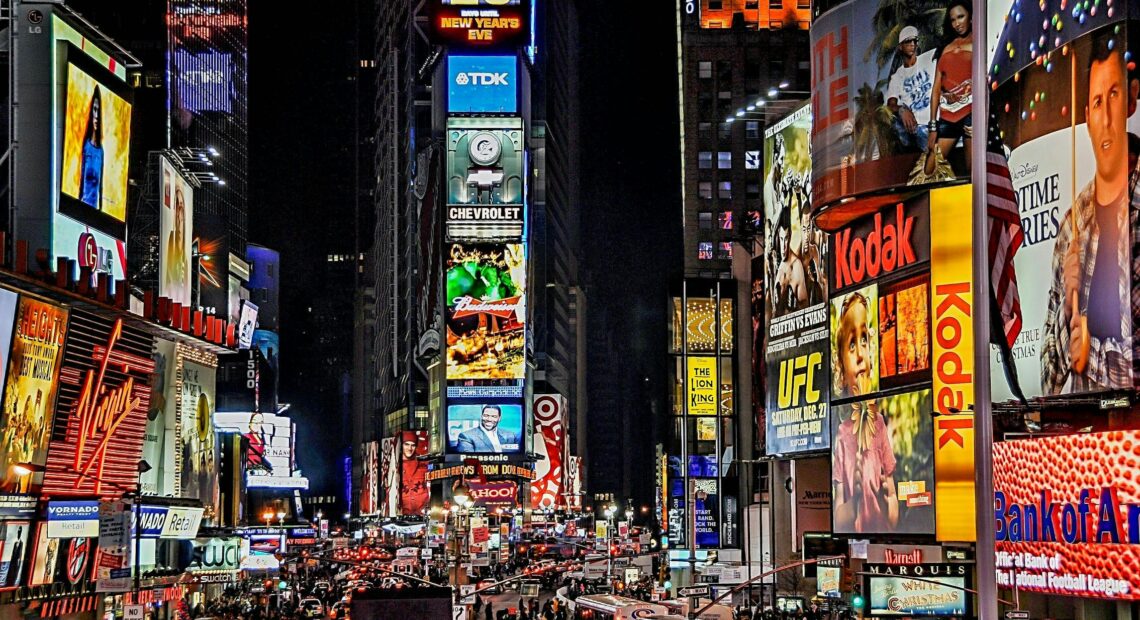New Year traditions from across the globe

From Spain to the United States
As 2024 draws to a close today, New Year’s Eve celebrations bring diverse and colourful traditions worldwide. These customs mark the passage of time and set the tone for the year ahead. These customs vary widely, from joyful feasts to symbolic acts, but they share a theme of renewal and hope for the future.
Let us explore some fascinating New Year traditions from across the globe, highlighting their unique cultural significance.
Spain
New Year’s Eve in Spain is marked by the famous tradition of eating 12 grapes at midnight. Each grape represents one of the 12 months of the coming year, and as the clock strikes 12, people eat a grape for each chime. If they eat all 12 grapes in time, they are believed to bring good luck for the year ahead. This custom is deeply embedded in Spanish culture, and you will find crowds gathered in cities like Madrid’s Puerta del Sol, participating in the ritual with laughter and excitement.
Denmark
In Denmark, people welcome the New Year with a distinctive and noisy tradition—smashing plates and glassware. At the stroke of midnight, Danes hurl old plates at the doors of friends and family. The bigger the pile of broken dishes, the more luck and prosperity one will receive in the coming year. The tradition symbolises clearing out bad energy and making room for new beginnings, often accompanied by festive parties and gatherings.
Greece
In Greece, New Year’s Eve coincides with the feast day of Saint Basil, one of the country’s beloved figures. A unique custom involves hanging an onion on the house’s front door, symbolising rebirth and growth. The onion is thought to bring good fortune and is later replaced by a pomegranate, broken open for good luck. Saint Basil is also associated with gift-giving, and children often leave shoes out for him to fill with treats, much like the tradition of Santa Claus in other countries.
Scotland
New Year’s Eve in Scotland is celebrated with Hogmanay, a raucous affair marked by fireworks, music, and the singing of “Auld Lang Syne.” However, the key moment of the celebration comes with the tradition of “first footing.” The first person to enter a home after midnight brings luck, and it is considered particularly lucky if the first visitor is a tall, dark-haired man. This tradition is rooted in ancient superstitions about the arrival of new beginnings and the desire for a prosperous year.
Japan
In Japan, the New Year, or Oshogatsu, is one of the year’s most important holidays. People clean their homes to welcome the New Year with a fresh start, and many visit temples and shrines to pray for health, happiness, and success. A significant part of the celebrations is eating osechi-ryori, a special meal with various dishes that symbolise prosperity, joy, and longevity. The New Year is also marked by the traditional ringing of temple bells, which occur 108 times to symbolise the purification of sins from the previous year. Many families also eat mochi and sticky rice cakes, symbolising strength and unity.
Colombia
In Colombia, the New Year tradition takes a creative turn with the ritual of carrying an empty suitcase around the block. The belief is that doing so will bring a year of travel and adventure. Many Colombians also use other quirky traditions, like burning effigies, known as “Año Viejo” (Old Year), to symbolically burn away any bad luck from the previous year and make a fresh start.
Brazil
In Brazil, the New Year is celebrated with vibrant street parties and fireworks, especially along the beaches. One of the more interesting customs is the tradition of jumping over seven waves, a gesture believed to bring good luck for the year ahead. The number seven is considered sacred in many cultures, and by jumping over the waves, people offer gratitude to Yemanjá, the goddess of the sea, for her blessings. Many Brazilians also wear white clothing to symbolise peace and purity.
Italy
In Italy, one of the most popular New Year traditions involves wearing red underwear for good luck, particularly in the hopes of finding love in the coming year. As the year ends, Italians also indulge in a large family feast. The meal typically includes lentils, which are thought to bring prosperity due to their resemblance to coins. Midnight is also marked by fireworks, meant to scare off evil spirits and start the New Year with a bang.
Ecuador
In Ecuador, as well as in other South American countries like Bolivia and Peru, the burning of effigies known as “Año Viejo” is a central tradition. These effigies represent the old year and are filled with fireworks to symbolise the burning away of any misfortunes and problems from the past year. People also wear yellow underwear to attract good luck and make wishes for the year ahead.
Finland
In Finland, one New Year’s custom involves melting small pieces of tin and pouring them into cold water. The shapes that the tin forms are believed to predict the future, and people interpret them as omens for the upcoming year. For example, a shape resembling a heart might signify love, while a boat could symbolise travel.
United States
The Times Square Ball Drop in New York City is one of the world’s most famous New Year traditions. As the countdown begins, millions watch as a massive crystal ball descends to mark the start of the New Year. This tradition has been going on since 1907 and has become a global symbol of New Year’s Eve celebrations. Millions more watch the event on television, making it one of the most iconic and widely recognised traditions worldwide.
Hero image: One of the world’s most famous New Year traditions is the Times Square Ball Drop in New York City. Credit: Times Square













